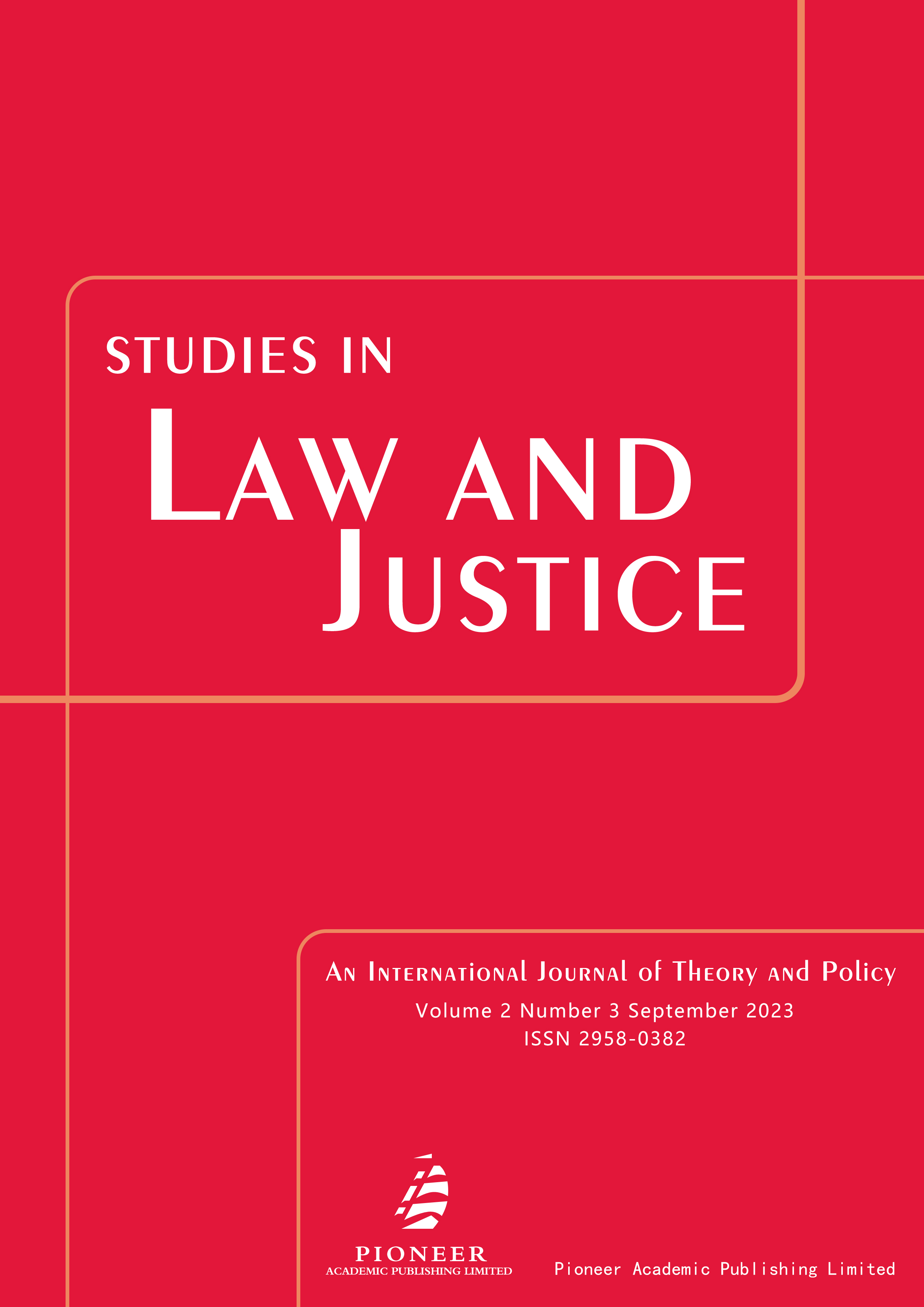The Path of Formulating the Basic Law of Artificial Intelligence in China — Analysis of the Desirability of the EU Artificial Intelligence Act
Keywords:
ChatGPT, artificial intelligence basic law, risk-based classification, experimental treatment, dual-risk categorization supervisionAbstract
The European Commission released the proposed Regulation on Artificial Intelligence (the EU AI Act) on 21 April 2021, which reflects the EU’s leadership orientation in establishing norms and standards in emerging fields, and also reflects the urgent need for legal unity of the EU as a unified market entity. The Act sets out harmonized rules for the development, placing on the market, and use of AI in the European Union. The ideas of a risk-based approach and experimental governance are of great significance for reference. However, with the advent of ChatGPT, the Artificial Intelligence Act has raised questions about the legal applicability of “human-computer interactive” generative AI. China’s AI governance adopts scene-by-scene and field-by-field legislation, with both “hard law” such as laws and regulations, and “soft law” such as industry norms, generally presenting a vertical governance path and lacking a unified basic law guideline. With the gradual shortening of the scientific and technological innovation cycle in the field of artificial intelligence, the establishment of a unified basic law on artificial intelligence should be put on the agenda. Setting up a dual-risk categorization regulatory framework, and categorizing from both macro and micro perspectives may be a good attempt. It adopts a full chain regulatory mechanism with a full process and multiple subjects, and clarifies the rights and obligations of all legal subjects in the whole cycle, to jointly assist the development of AI “for the better”.


